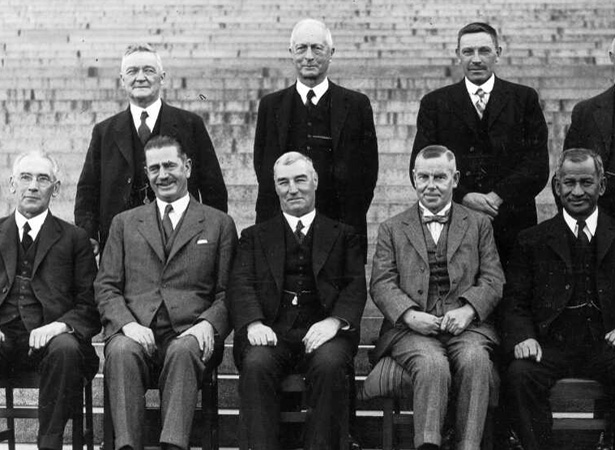
United Party Prime Minister George Forbes had convened an inter-party conference with the goal of forming a coalition government that would ‘share the responsibility’ of dealing with the Depression.
Labour withdrew from these discussions but Gordon Coates, the leader of the conservative Reform Party, was unable to resist pressure to heed this call.
Forbes had succeeded the terminally ill Joseph Ward as prime minister in May 1930. His party soon seemed headed for a similar fate as its attempts to revive the urban–rural alliance that had sustained the Liberal government for two decades foundered in the face of a catastrophic fall in prices for New Zealand primary produce on the British market.
Also the minister of finance, ‘Honest George’ Forbes decided that the growing numbers of unemployed would have to work for their meagre relief payments, and introduced a Finance Bill which imposed 10% wage cuts on public servants. As the leader of a minority government and with a general election looming in December, he told the conference that he was unwilling to ‘commit political suicide’ by implementing the even harsher measures he thought necessary. After winning the election, the coalition Cabinet had no such qualms.
Read more on NZHistory
External links
How to cite this page
'Coalition government formed to combat Depression', URL: https://nzhistory.govt.nz/honest-george-forbes-establishes-a-united-reform-coalition-government-to-combat-the-depression, (Ministry for Culture and Heritage), updated 15-Sep-2020
